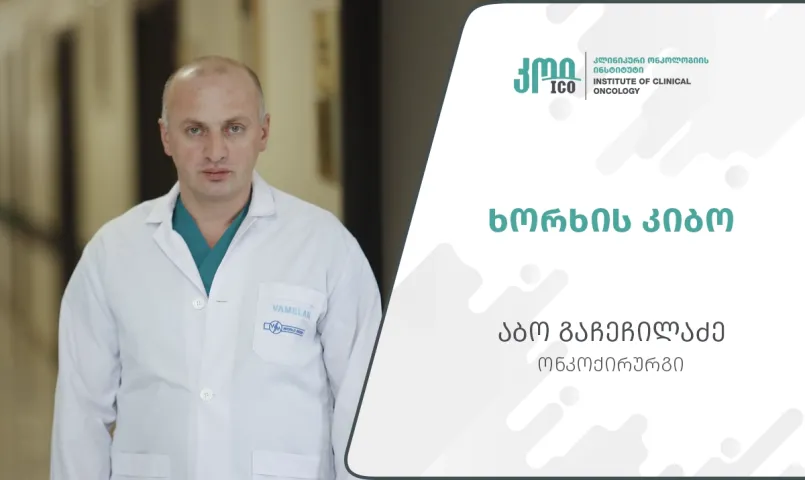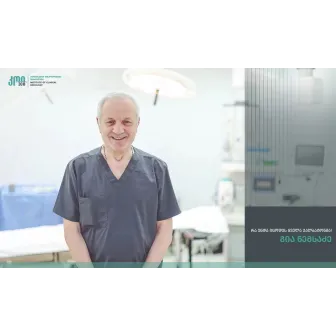Author: Abo Gachechiladze, onco surgeon
Statistically, laryngeal cancer ranks in 3-rd place among malignant tumors of the head and neck region, after skin and thyroid cancers.
Statistics
- Of the total number of malignant tumors:
- Laryngeal cancer ranks 11th in the male population and 17th in the female population.
- The disease is 19.5 times more common in men than in women.
- The average onset of disease is 60-65 years
- Laryngeal cancer accounts for 98% of malignant tumors of the larynx, while other malignant tumors account for only 2%.
Causes
Precancerous diseases, which are divided into two groups, play a special role in the development of laryngeal cancer:
- Obligate precancerous diseases - those that often degenerate into malignant tumors:
- Laryngeal papilloma
- Recurrent papillomatosis
- Pachydermia
- Dyskeratosis
- Facultative precancerous diseases that may develop into a malignant tumor:
- Contact fibroma
- Adenoma
- Angioma
- Vocal cord contact ulcers
- Laryngeal ventricular cysts
- Scarring lesion (tuberculosis, syphilis)
- Laryngeal burn
In addition to precancerous diseases, chronic laryngitis also plays an important role, which is often caused by excessive tobacco and alcohol consumption.
Symptoms and manifestation
The clinical signs of laryngeal cancer depend on the tumor's location, size, propagation, and growth pattern. In the early stages, there may be no symptoms at all, but the following signs may appear:
- Discomfort and lump sensation in the larynx
- Change of voice timbre
- Persistent dry cough
- Pain when swallowing transmitting to the ear
- Difficulty breathing
- Unpleasant mouth odor
Diagnstics
The diagnosis of laryngeal cancer is confirmed by various clinical, laboratory and instrumental studies:
- Indirect laryngoscopy
- Fibrolaryngoscopy
- Stroboscopy
- Computed tomography (CT)
- Magnetic resonance imaging (MRI)
- Biopsy and cytological examination
Tests, additionally performed to detect metastases:
- Chest X-ray
- Chest CT
- Abdominal ultrasound
- MRI
Treatment
Laryngeal cancer treatment methods include:
- Radiotherapy
- Surgery
- Chemotherapy
- Cryotherapy
- Lazer therapy
Surgical interventions are devided into two types:
- Organ-sparing surgeries:
- Endolaryngeal laser ablation
- Chondrectomy
- Anterolateral laryngeal resection
- Supraglottic horizontal laryngeal resection
- radical (non-sparing) surgery
- Laryngectomy (complete removal of the larynx)
- Hemithyroidectomy, thyroidectomy (removal of the thyroid gland in case of tumor spread)
- Fascial-femoral lymphadenectomy or Crile’s surgery in the presence of metastas
Prognosis
The prognosis depends on the size, localization, spread, and differentiation degree of the tumor.
Rehabilitation
Psychologists and speech therapists are involved in the rehabilitation process, helping patients with social adaptation.
- Views:1817

















